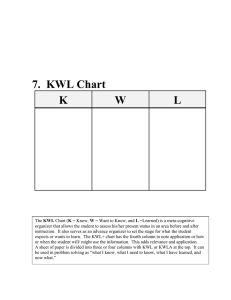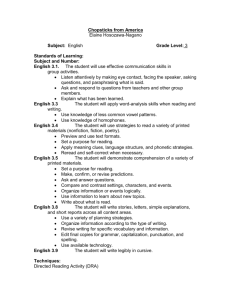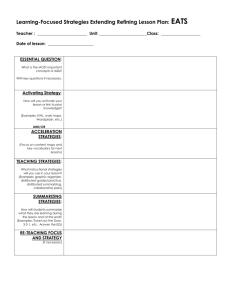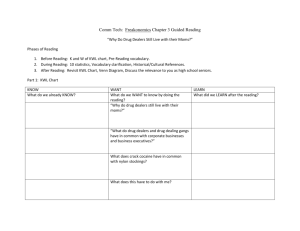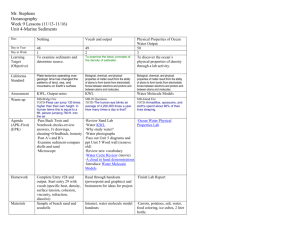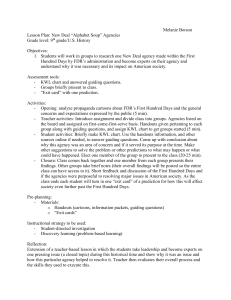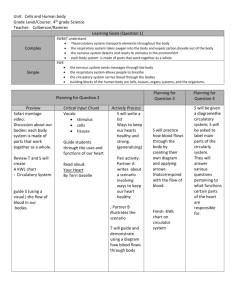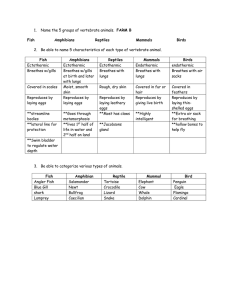Plant and Animal
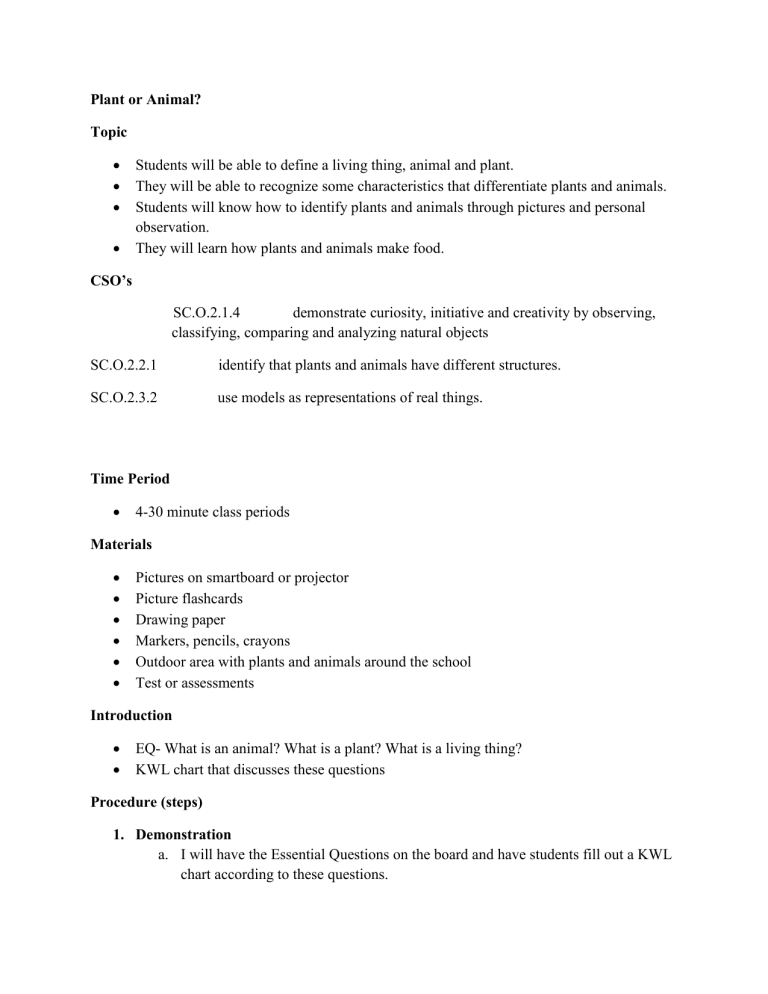
Plant or Animal?
Topic
Students will be able to define a living thing, animal and plant.
They will be able to recognize some characteristics that differentiate plants and animals.
Students will know how to identify plants and animals through pictures and personal observation.
They will learn how plants and animals make food.
CSO’s
SC.O.2.1.4 demonstrate curiosity, initiative and creativity by observing, classifying, comparing and analyzing natural objects
SC.O.2.2.1 identify that plants and animals have different structures.
SC.O.2.3.2 use models as representations of real things.
Time Period
4-30 minute class periods
Materials
Pictures on smartboard or projector
Picture flashcards
Drawing paper
Markers, pencils, crayons
Outdoor area with plants and animals around the school
Test or assessments
Introduction
EQ- What is an animal? What is a plant? What is a living thing?
KWL chart that discusses these questions
Procedure (steps)
1.
Demonstration a.
I will have the Essential Questions on the board and have students fill out a KWL chart according to these questions.
b.
After chart is completed I will discuss the topic aloud with the students and get their opinions. c.
I will proceed to answer the questions for them
What is an animal?
A living thing that eats, reproduces, gives off wastes and moves around.
What is a plant?
A living thing that usually can produce its own food, reproduces, and can rarely move around. Many plants are green and have a substance called chlorophyll.
What is a living thing?
Something that is alive not dead, grows, needs food and reproduces. d.
Then we will conclude the session with some pictures and examples of each. I will lead the class in describing and characterizing the pictures. Other pictures will be presented to help with vocabulary.
Reproduce- something can create an offspring
1.
Picture of a baby, human version of offspring
Photosynthesis-plant uses sunlight to produce the food they need to live and grow
1.
Chlorophyll- green pigment found in plants, that turns energy of light into food that can be stored
2.
Show picture diagram
2.
Guided Practice a.
In this session we will play a game with the same pictures from the day before.
Students will play a game similar to memory: where all the cards are face down on the board and one by one they will come and flip two cards. If the student gets a match of the word animal or plant with a picture of the animal or plant they get to keep the cards. If students say it is a match and are wrong I will re-explain why it is or isn’t the correct answer. b.
During the game I will randomly throw in questions from the previous day to reenforce the topic. c.
We will conclude by cleaning up the cards.
3.
Cooperative Learning a.
During the third session we will go outside in pairs with a piece of drawing paper that is folded in half. One half will have animal written at the top of one side and plant on the other. b.
The pairs will then walk around the area and identify plants and animals they find on their walk. They will use words, pictures, or both to describe characteristics of either.
c.
After about 20 minutes we will go inside and discuss in our pairs what we found.
4.
Independent a.
The fourth session will contain the conclusion and assessment for this lesson.
Conclusion
For the conclusion we will have each pair come up and share what they found on their walk outside. They will be asked to describe their favorite thing they found outside and tell one thing that makes it a plant or animal. This same step will be repeated for the rest of the class.
I will wrap up by having them fill in the “L” column of the KWL chart, collect charts and then give the assessment.
Assessment
They will have a short quiz that involves multiple choice answers and then a question asking students to draw a simple picture of a plant or animal.
Modifications
For mild impaired students key words will be highlighted on test and extra space will be provided, and on the exception of low- vision the text will be enlarged.
For moderate to severe students I will provide a matching test with similar content to the general education classroom.
During the lesson modifications such as extended time or teacher, student assistance will be provided if needed.
If needed make a list of items to find outside making it easier to decide what goes where.
